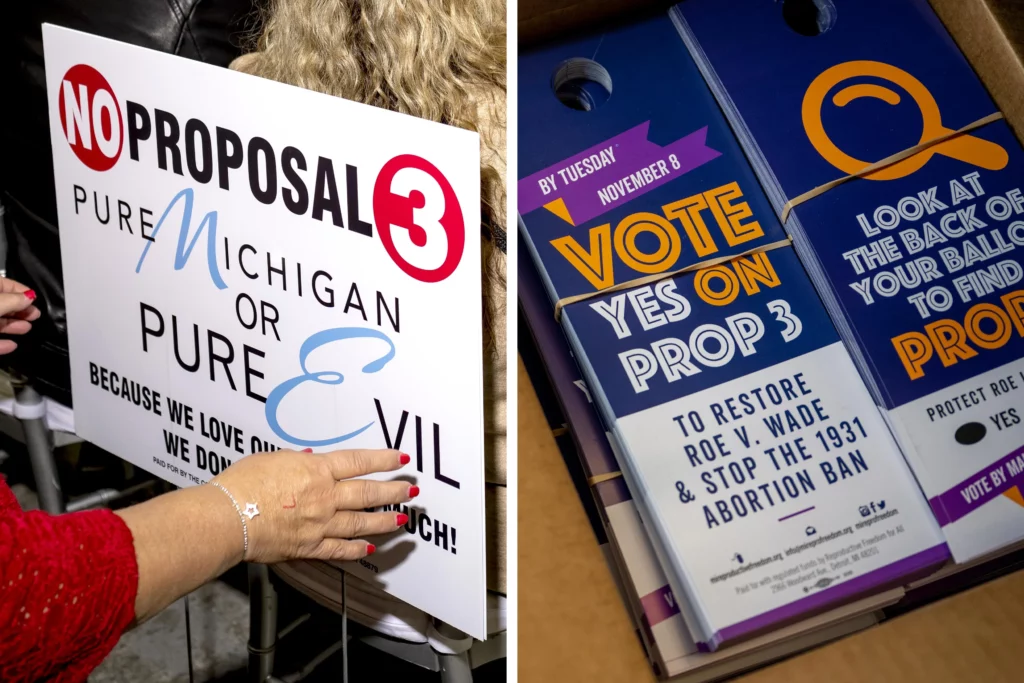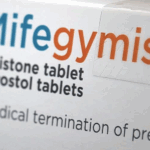Blog Post
Abortion and the Midterm Elections
By Jonathon Van Maren
In the American midterm elections this week, five states—California, Kentucky, Michigan, Montana, and Vermont—held referendums on abortion issues, with tragic outcomes. Voters in Michigan and California essentially enshrined abortion until birth, and Montana rejected mandatory medical care for infants who survive abortions. It’s an indication that in a post-Dobbs United States, pro-abortion Democrats are adopting a playbook similar to that of activists in Ireland prior to the 2018 Irish abortion referendum. Now that Roe has been overturned, the pro-life movement must learn to combat the abortion movement’s direct-democracy strategy.
The voting public can generally be divided into three key groups: hardcore pro-lifers, hardcore abortion supporters, and what strategists refer to as the “mushy middle”—those who find the abortion movement’s agenda to be extreme but still support abortion in certain circumstances. It is this group that activists on both sides must persuade, and in direct democracy referendums, abortion activists have several significant advantages.
For one thing, they own the media. In Ireland, it didn’t matter that multiple investigations established that Savita Halappanavar had not died due to being denied an abortion. What mattered was that the media incessantly published assertions that she had, creating a simple, powerful narrative: that the Irish constitution’s 8th Amendment was responsible for a woman’s death. Even though Middle Ireland did not support abortion on demand, the media persuaded them that women would die if they did not vote for repeal. Activists didn’t have to sell abortion on demand. They simply had to persuade the mushy middle that pro-life laws killed women.
Similar scenarios played out in the midterm abortion referendums in the U.S. A relentless torrent of newspaper stories, commercials, and social media ads hammered this simple narrative: Vote for abortion, or women will die. Pro-lifers pushed back on these claims, but their rebuttals did not receive the same coverage—and indeed, were often directly contradicted by the media. As the saying goes: In politics, if you’re explaining, you’re losing. Pro-lifers have been forced into constantly explaining.
It is difficult for those complex responses to break through the roar of the simple, media-amplified “pro-choice” message—especially when abortion activists have not only the support of the mainstream media, but enormous war chests supplied by the abortion industry and sympathetic donors. This was true in Ireland, and it is true for the abortion battles in the U.S. In Michigan, for example, Reproductive Freedom for All raised at least $40.2 million and spent at least $22.5 million on midterm election ads. The pro-life coalition, by contrast, raised just $16.9 million. Abortion activists have access to far greater funds, outspending pro-lifers during the midterms by 35 to 1.
In the lead-up to the Irish referendum, pro-lifers had a far superior grassroots ground game, a fact so obvious that the media openly worried about it. Anti-abortion activists knocked on millions of doors and spent weeks on the road. In Michigan and elsewhere, pro-lifers also hit the doors and overpasses in impressive numbers. But in each of these instances, the ground game advantage could not overcome the nonstop ads coming at voters from every screen and the institutional biases that had pro-abortion “fact-checkers” countering the pro-life message. Big Tech’s progressive tilt also ensures that pro-lifers have a more difficult time spreading their arguments online (in Ireland, Google actually decided to suspend advertisements after pro-life ads appeared to be having an impact). The silent majority isn’t pro-life. It isn’t pro-abortion, either. But the key tools of persuasion are in the hands of abortion activists.
READ THE REST OF THIS COLUMN AT FIRST THINGS








